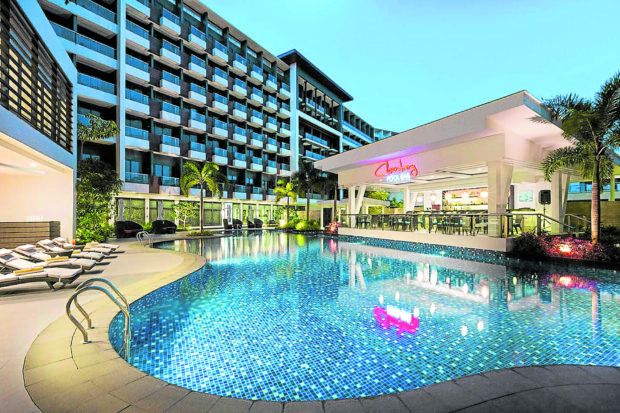Prospects for Philippine tourism
In the next three years, around 48 new hotel projects with over 15,000 rooms will be completed.
The Philippine tourism industry is on a steady path to recovery.
According to the Department of Tourism (DOT), foreign visitor arrivals in the country already reached 4.3 million as of Oct. 24. The growth has been driven by huge numbers from Korea, the United States, Japan, China and Australia, which are our traditional markets. Next in line are Canada, Taiwan, United Kingdom, Singapore and Malaysia.
The DOT said it was on track to meet the 4.8 million foreign visitors at the end of the year. This is good news, but we must also realize that we are still a long way off from the record 8.2 million foreign visitors we attracted in 2019.
From a marketing viewpoint, there are questions that we must find answers to: When and how do we go back to 8.2 million? What will be the market mix? Will the current top 10 markets maintain their ranking in 2024, 2025 and beyond? What should be the priority and strategic marketing and promotion activities of the government and private sector?
Article continues after this advertisementExceeding standards
Critical to the accelerated recovery of the country’s tourism is expanding our capacity to accommodate the multitudes of foreign and domestic tourists. We can do that by ensuring that our country’s hospitality industry meets, if not exceeds, minimum standards in hotel facilities and services.
Article continues after this advertisementAssociations such as the Philippine Hotel Owners Association (PHOA) will play a crucial role in achieving these objectives.
PHOA is a reputable organization representing the collective voice of hotel owners across the country. It is the biggest group of private sector investors in Philippine tourism with billions of pesos worth of investments in various types of accommodation establishments, real property, and infrastructure. As of September, we have 65 member companies that own 200 hotels with a total inventory of about 40,000 rooms.
With a strong commitment to excellence and development in the hotel industry, PHOA will lead the way in fostering growth, supporting its members, and promoting tourism in the Philippines.
Accelerating recovery
In the next three years, around 48 new hotel projects with over 15,000 rooms will be completed. This is PHOA’s commitment to accelerating recovery in Philippine tourism: by building more hotels, resorts and other accommodations with facilities and services that can compete against the best of the best in the region and around the globe.
Hotel projects in the pipeline will be in Metro Manila, Cebu, Davao, Baguio, Angeles, Palawan, Iloilo, Boracay and Bacolod.
As we expand room capacity and improve the quality of customer journey, it is also important to stay updated on trends in facilities and changes in consumer behavior and preferences. Market segments and profiles are changing. Transformative shifts in consumer preferences now lean towards sustainability, hyper-personalization, digitalization, as well as health and wellness. Hotels and other tourism enterprises in the country must therefore quickly adapt to these trends.
Sustaining gains
As the Philippines moves closer to hitting our target of 4.8 million foreign visitors by the end of this year, we must work harder to sustain the gains in the past 12 months while keeping in mind that we still have a long way to go. We must also keep in mind that competition in both the region and around the world is getting tougher.
We, in the tourism industry, must therefore focus on the essential growth factors, identify our priorities, and strengthen the partnership between government and the private sector.
The author is the executive director of the Philippine Hotel Owners Association and a former undersecretary of the Department of Tourism
